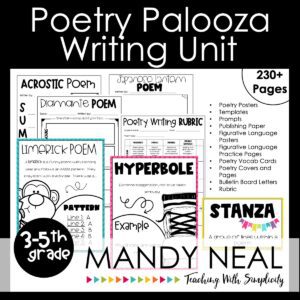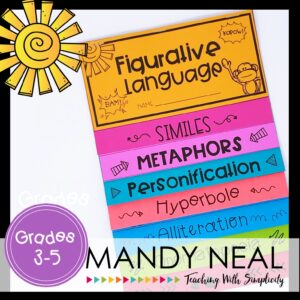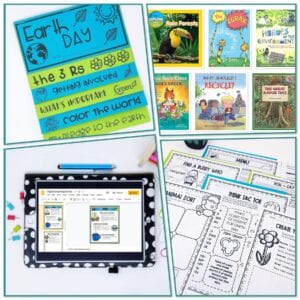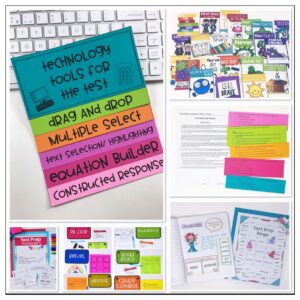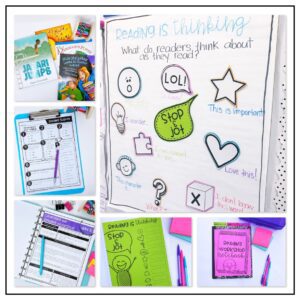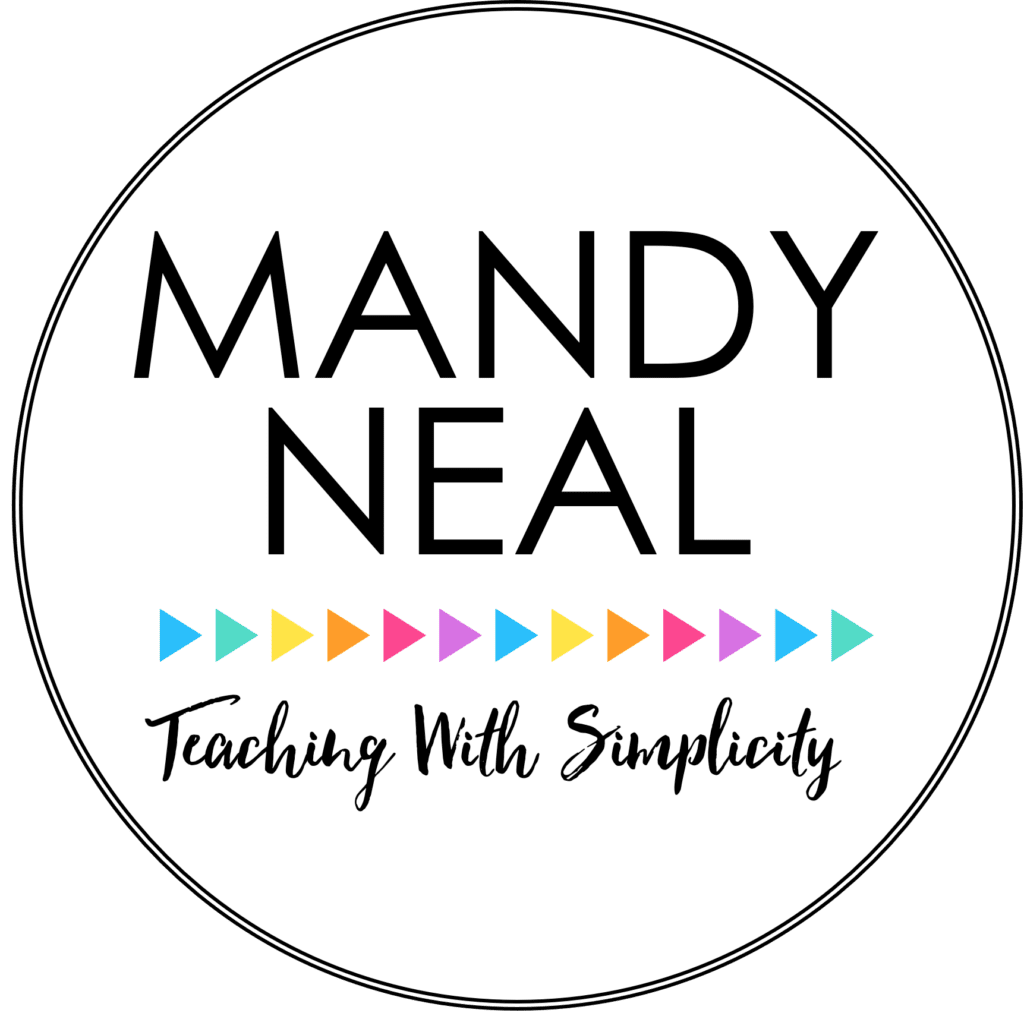April is one of my favorite months of the school year because of Poetry Month. It’s fun to write, fun to read, and the students enjoy all of it! Below you will find a list of activities that are perfect for celebrating Poetry Month.

1. Poetry Flip Book
With students, study the different types of poetry and create a poetry flipbook that students can use as a reference throughout the month.
2. 28 Poems in 28 Days
Using construction paper or cardstock for a cover, have students create a poetry book in which they spend the entire month of April writing and illustrating poems.
3. Poetry in Pairs
After studying types of poetry, pair students up to write a collaborative poem. They could collaborate in writing the poem from beginning to end, or one student writes a line and then passes it to their partner to write the next line.
4. Random Word Poem
Give students a collection of random words. Any number will do, but 5-10 is a good working amount. Once you have given students the list of words, have them write a poem based on the guidelines that you have provided.
5. Poem in Your Pocket Day
Did you know that there is a Poem in Your Pocket Day? It’s observed on April 24. It’s the day when you simply choose a poem and keep it in your pocket all day! Throughout the day, you could have students periodically take out their poem and read it to a friend. You can learn more about Poem in Your Pocket Day here.
6. Poetry Reading
After students have compiled their own writing collection of poetry, invite families or another classroom to visit your classroom so that students can share their work. Make it special by having drinks and a small snack.
7. Read a Poem a Day
Shel Silverstein and Jack Prelutsky are definitely among my favorite poets, and the students love them! Schedule a time every day during the month of April to read aloud at least one poem.
8. Poetry Invention
Have students invent their own type of poetry and name it. For example, a Haiku is a three-lined poem that follows the syllable pattern 5-7-5. Students could create a poem that followed their own syllable pattern of 3-5-3-3 and give it a name. Who knows, they may become famous someday!
9. Publish Students Poetry
This one is so exciting for students. I’ve done it for several years, and it has been quite successful! Youngpoets.org is an organization that takes students’ poetry submissions, reviews them, and selects the best poems for publication. I always have students that have been selected to be a part of the publication. When the book has been published, the teacher receives a free copy. Students may choose to purchase a book of their own, but are not obligated to do so. It’s always fun to see the poems in an actual published book!
10. Favorite Poem
Have students find their favorite poem and read it to the class. The library is always a great place to find a collection of poetry books, but there are a lot of online places to find them as well. Epic is a free digital library with a great collection of poetry books!11. Create a SkitHave students find a poem of their choice and with a partner or alone have students create a skit. To culminate the creating of a skit, record it to share or have another class come and watch it.
12. Classroom Book of Poetry
After spending the month of April writing poems, have students pick their favorite poem, and compile a classroom book of poetry. Make a copy for each student as a keepsake.
One More Thing…
You can grab this FREE poetry cheat sheet to print for your reference and/or give it to students to place in their interactive notebook or writing folder!
Additional Resources
Poetry Palooza Writing Unit
This Poetry Writing Unit includes over 230 pages of poetry writing activities to teach how to write 15 different types of poems. In addition to learning and writing different types of poetry, students learn and practice various forms of figurative language.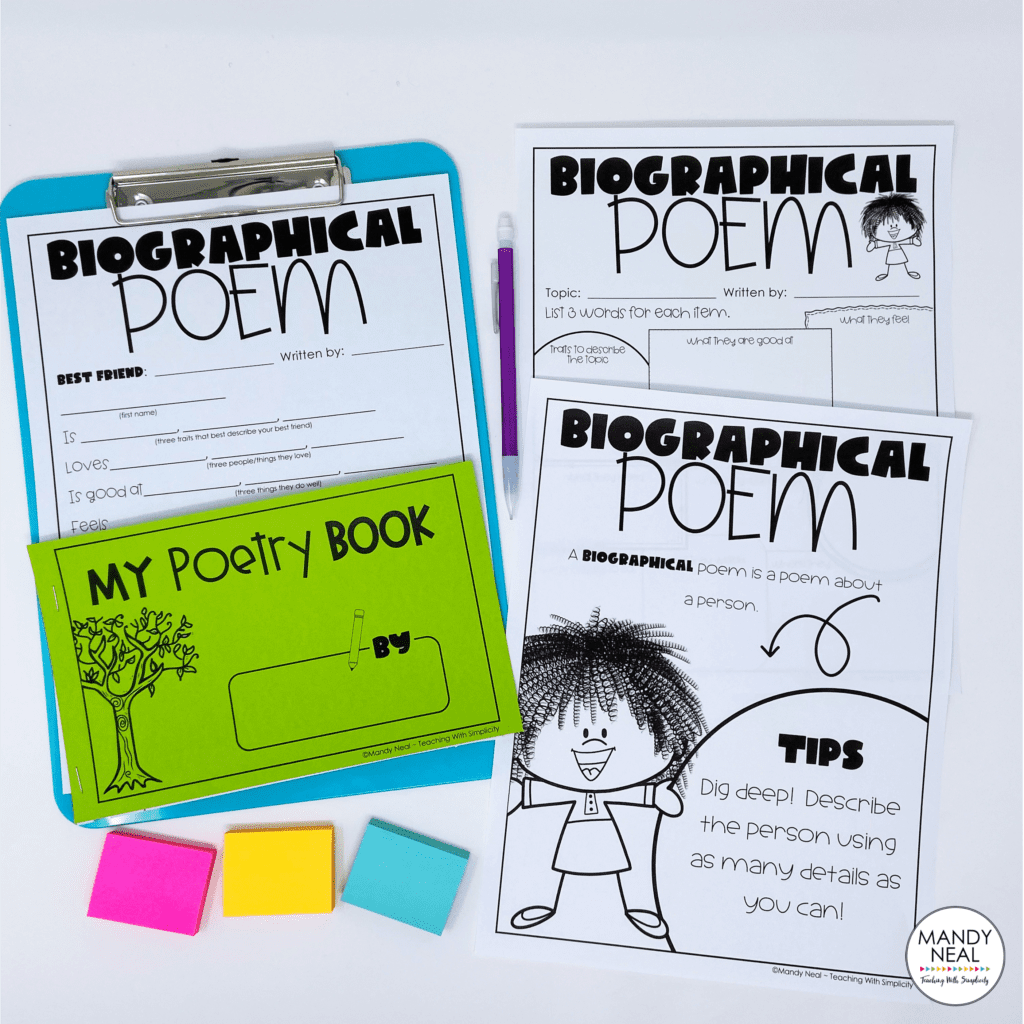
Figurative Language Flipbook
As we all know, figurative language is a huge part of poetry. You can tie in figurative language by creating this figurative language flipbook.
SHOP THIS POST
